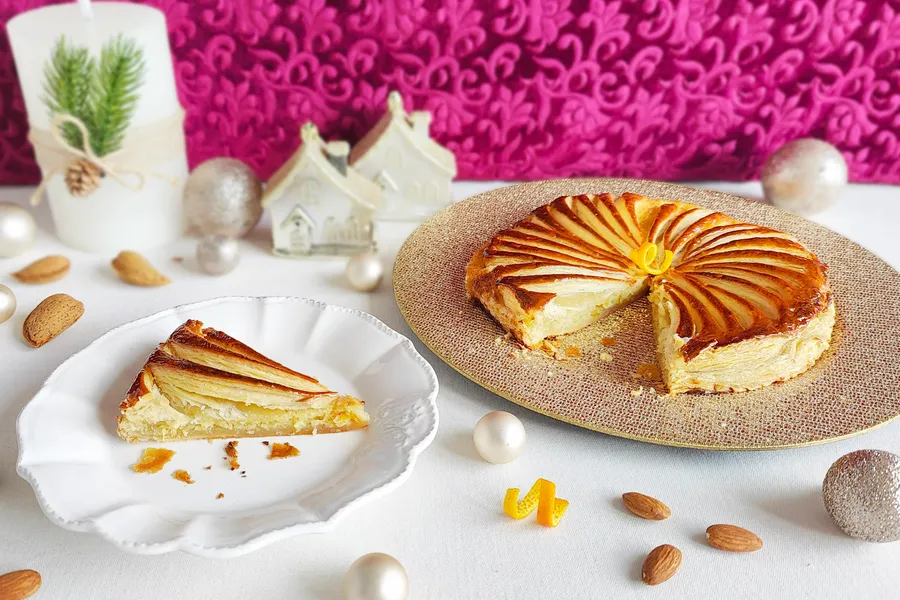
The history of Galette des rois
The galette des rois is a traditional cake primarily associated with the celebration of Epiphany in French culture. Its origin dates back to ancient Rome, where festivals were held that included rituals to choose a "king for the day." Over time, this tradition evolved and merged with Christian festivities.
During the Middle Ages, the Epiphany celebration, commemorating the visit of the Three Wise Men to the baby Jesus, became established in European culture. In France, the custom of sharing a special cake for Epiphany took root, marking the advent of the galette des rois. The circular shape of the cake symbolizes the crown of the Three Wise Men.
The classic filling for galette des rois is made with frangipane, a mixture of almonds, sugar, and butter. In the French tradition, a figurine or "fève" (bean) is hidden inside the cake before baking. The person who finds the fève when cutting their portion is crowned as the king or queen of the day and often receives a golden cardboard crown as a symbol of their "royalty."
The popularity of galette des rois has endured over the centuries and has become a firmly rooted tradition in French society. Although originally associated with the celebration of Epiphany, galette des rois is enjoyed throughout the winter season and is an essential element of family and social gatherings in France.
The tradition of the fève has evolved over time, and the figurines hidden inside galettes often represent a wide variety of themes, from fairy tale characters to contemporary cultural icons.

 albertoimizcoz
albertoimizcoz

